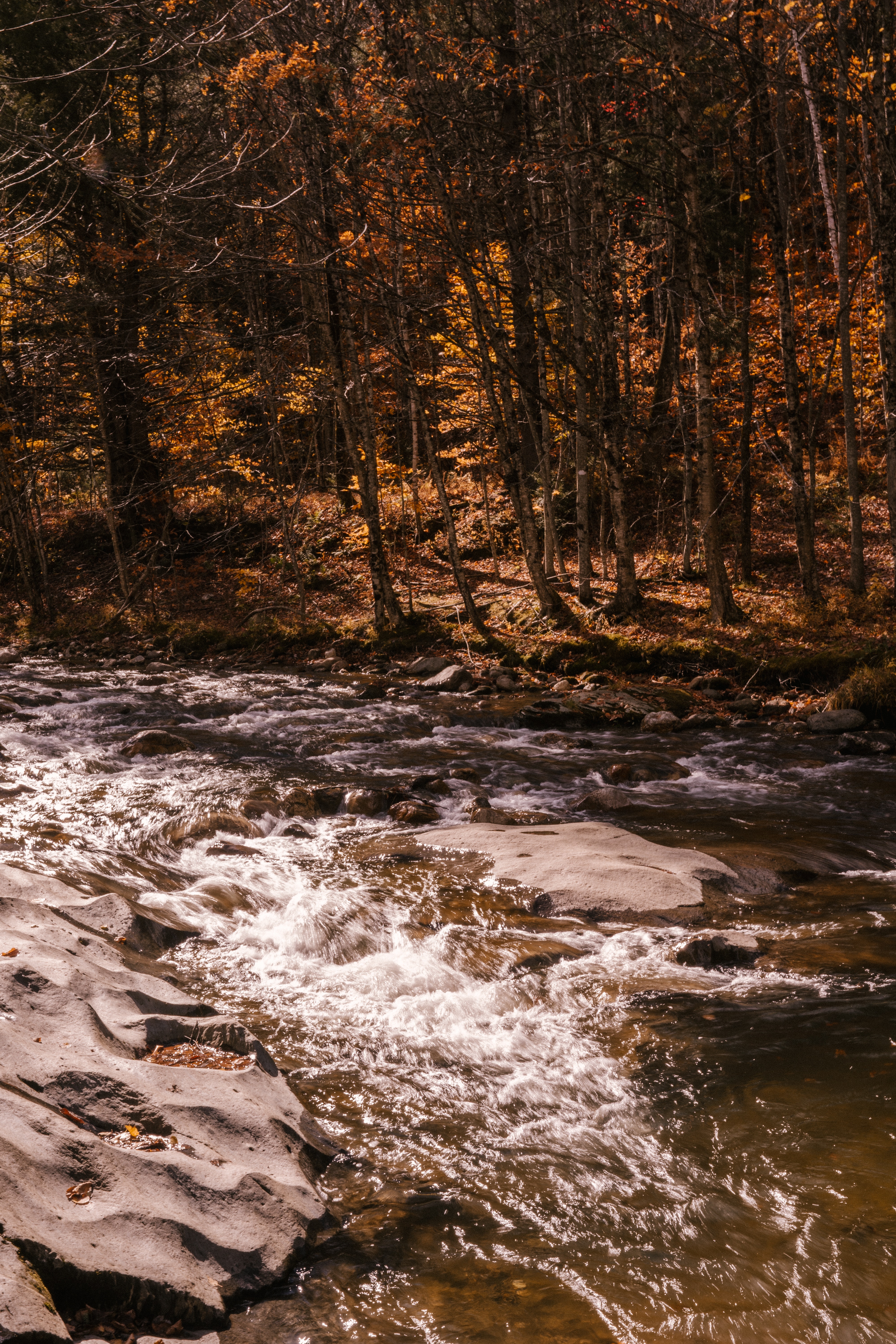
The Austara Hrís (meaning 'Eastern Woodland' in the language of the Skaura Orohlen) is a rather large area of more or less forested plains and hills in northeastern Erana. It is also called 'Unkar gömul bœ' (meaning 'our old abode') by the Skaura Orohlen as they used to settle there before being pushed westward by a wandering faction of Umoyaleyn that moved further south and eventually became the Umoyaleyn of the Moiyeli Swampland. The Austara Hrís is actually more forested the further you get east. In the west there are stretches of forest and shrubs stretching over a hilly landscape. The eastern half of the Austara Hrís is terra incognita to most, except the societies living there. One of those must be the remaining Umoyaleyn faction, which, due to the aggressive and racist disposition of this kind of Len might well be the only society living there.
Being positioned in the northwest of Erana, the Austara Hrís lies in a rather cool oceanic climate with rainfall coming from the shore and also from the south. The southern stretches of the eastern part of the Austara Hrís turn into a swampy flatland that borders on Eranas second largest lake, the Vívar. During the summer the rain stems mostly from the oceanic air masses moving south. It contributes about a third of the rainfall per year. Most of the rain or snow falls during the winter months though, as the warm Mukebahari gulf provides a lot of very moist air that quickly cools down over the cold land mass, bringing a good amount of precipitation.
One geographical feature is, that there is a harsh divide between the woodland and a cool steppe to the north named Dottlish Tlloq, which reaches from the Tllen forest in the west to the longitude, where the western shores of the Vívar are in the east. Here the steppe slopes south, leaving only a thin stretch of woodland. This neck of the woodland forms the division between the western and eastern parts of the Austara Hrís.
The western part of the Austara Hrís is an area with rolling hills with lots of forests on and between the hills, clearings and shrubby areas. To the east the land becomes flatter and the forest denser, with the exception of a hilly area in the centre of the eastern part of the Austara Hrís. It stretches all the way to the northern and eastern coast of Erana. Although the climate is rather cool most of the precipitation falls as rain as the climate is oceanic. Only in the more central parts of the forest snowfall is a bit more common during the 3-4 months of winter.
Due to the relative abundance of precipitation there are rivulets and brooks draining the Austara Hrís everywhere. Most of these flow east or south, flowing either into the Mukebahari gulf, the Vívár or its main tributary, the Innstraumr. The only bigger rivers close to the Austara Hrís are the Órstraumr to the south, that drains the Vívar and flows into the Mukebahari gulf and the aforementioned Innstraumr to the southeast which flows into the Vívar from the east.
The second notable tributary is unkown to the Skaura Orohlen, but the Umoyaleyn name is known to us: Hyaksu. It originates in the hills in the middle of the eastern part of the Austara Hrís.
The Austara Hrís is vast stretch of land covering about ten percent of the entire continent of Erana. However, not much is known about its inhabitants and the cultures originating there. The most well known people are the Skaura Orohlen, who originated in the Austara Hrís and in whose language we refer to the general area. They are an Orohlen culture that now lives in smaller settlements in the Skaura Hrís, west of the Austara Hrís and north of the Sévo Mountains which separate them from the Confederation of Tarrabaenia. They have a sedentary lifestyle, practice agriculture and supplement their nutrition by hunting and gathering. Although they are not urbanised, they have achieved a high level of culture and are especially renowned for their metalwork, their mighty shamans with their mastery of the arcane and their overall strict segregation of sexes which goes so far, that men and women even live in separate settlements and only meet on special holidays. As the Skaura Orohlen claim to have lived that way since as long as their memories reach back, it can be safely assumed, that this was already the case when they lived in the Austara Hrís. They have a runic script although they are mainly an oral culture. The stories, legends and histories are being kept alive by regular retellings, incantations and performances. So storytelling makes up one huge part of their culture and sometimes Orohlen are invited to perform in Tarrabaenia or Orohlen who are not performers of some kind are asked to provide some entertainment. Even though the Tarrabaenian audience does for the most part not understand the songs in the Orohlen language, the appreciation towards the haunting atmosphere the songs create
The reason for the Skaura Orohlen moving to the Skaura Hrís was a migration by a group of Umoyaleyn which pushed them westward among other peoples who either moved further to Tarrabaenia or were entirely wiped out by the Umoyaleyn. It must be assumed that the original group of Umoyaleyn from which that subgroup emerged still lives in the Austara Hrís. Not much is known about them except the fact that they barely interact in any non-belligerent way with other peoples. The settlement area is probably somewhere around the hilly area in the eastern part of the Austara Hrís, since one of the main tributaries of the Vívar originates there and its name, Hyaksu, stems from the Umoyaleyn language. Their name for the hilly area is unknown and the Skaura Orohlen, too, only talk about hills far in the eastern forest without giving them a proper name.
The area south of the Austara Hrís is uninhabited as there is only the Vívar, on the west coast of which the Skaura Orohlen used to fish. The rest is mainly swampland or marsh. It is possible that some of the peoples who originally lived there where also pushed south by the migrating Umoyaleyn and established some form of state there. To the north nomadic Tuuqasleen live in the cool steppe. According to the Skaura Orohlen they stay clear of the Austara Hrís and the Skaura Hrís.
Comments
Please Login in order to comment!




I like how history, language and landscape are entertwined! Maybe cutting in smaller paragraphs could help guide the reader through the various topics at hand. It's nice to read about the people and how they organized the land, it makes the place feel real! Since there are such strict limitations to when genders meet, how are studies and travel managed? At which age are male children passed on to the male districts and how is that handled?
Thank you for reading this. And good to see you had some fun with it. :) It's true, I go a bit overboard with length. I plan to break it up by putting some pictures and maybe a quote. The schedule was just a bit tight during WE. I will write an article on Skaura Orohlen culture in the future and refer to the questions you asked. They are quite important to the story I want to tell, so more info is to come!
A current addition to Samthô is my contribution to the rivers ant waterways challenge: Paunis